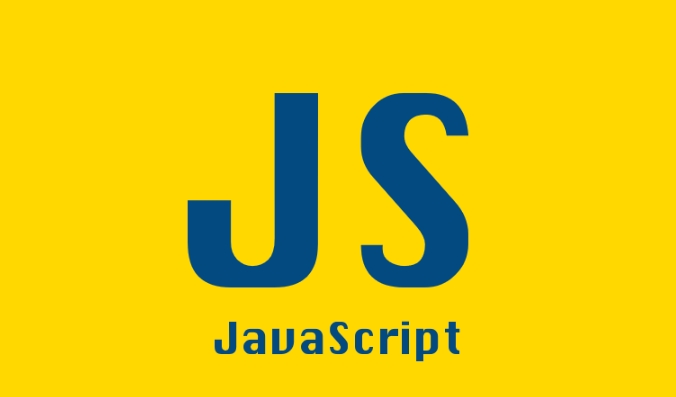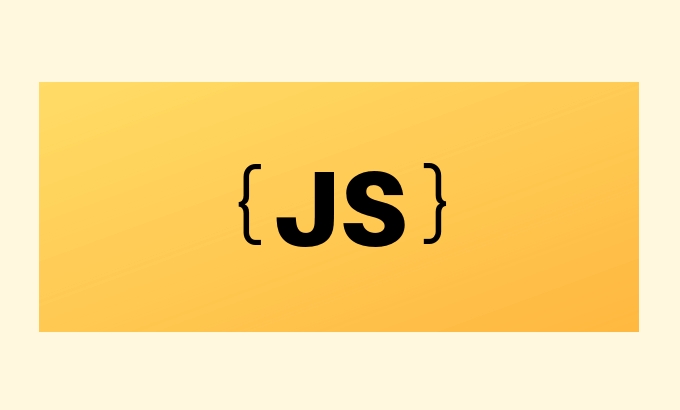JavaScript's class syntax supports object-oriented programming with a clearer structure. 1. Use the class keyword to define the class, and use constructor() to constructor(). The method is written directly in the class without function. 2. Inheritance is implemented through extends. The subclass must call super() to initialize the parent class. 3. Static methods are defined with static, and private fields are declared to be accessed within the class with #. 4. Classes are not promoted, methods cannot be enumerated by default, and getters and setters are supported.

JavaScript's class syntax is a very basic part of modern front-end development, and it makes object-oriented programming more intuitive. Although JavaScript classes are essentially based on prototype implementations, class provides a clearer and closer to the traditional OOP language writing.

How to define a class?
In JavaScript, use the class keyword to define a class. The basic structure is as follows:
class Person {
constructor(name) {
this.name = name;
}
sayHello() {
console.log(`Hello, I'm ${this.name}`);
}
}-
constructor()is a constructor that is automatically called when creating an instance withnew. - The method is written directly in the class without adding
functionkeyword. - There is no comma separation between methods in the class, otherwise an error will be reported.
You can also create an instance and call a method like this:

const person = new Person('Alice'); person.sayHello(); // Output: Hello, I'm Alice
Note: The class must be called through new and cannot be executed directly like ordinary functions, otherwise an error will occur.
How to implement inheritance of classes?
JavaScript classes support inheritance through extends , and subclasses can inherit the properties and methods of the parent class. For example, we have a Teacher class inherited from Person :

class Teacher extends Person {
constructor(name, subject) {
super(name); // Super must be called to initialize the constructor of the parent class this.subject = subject;
}
teach() {
console.log(`${this.name} teaches ${this.subject}`);
}
}Key points:
- Use
extendsto specify the inherited parent class. -
super()must be called inconstructorof the subclass, otherwise an error will be reported. - The parameters passed in
super()should correspond to the requirements of the parent class constructor.
Call method:
const teacher = new Teacher('Bob', 'Math'); teacher.sayHello(); // Hello, I'm Bob teacher.teach(); // Bob teachers Math
How to use static methods and private fields?
Static methods belong to the class itself, not the instance of the class. You can define them with the static keyword:
class Utils {
static formatName(name) {
return name.toUpperCase();
}
}
console.log(Utils.formatName('alice')); // ALICE Private fields are declared with # prefix and can only be accessed inside the class:
class BankAccount {
#balance = 0;
deposit(amount) {
this.#balance = amount;
}
getBalance() {
return this.#balance;
}
}
const account = new BankAccount();
account.deposit(100);
console.log(account.getBalance()); // 100
console.log(account.#balance); // Error: SyntaxErrorThese features help you better encapsulate data and logic.
Class Notes and Frequently Asked Questions
- Classes will not be hoisted : Unlike functions, class declarations will not be hoisted to the top of the scope and must be defined before use.
- Class expressions can also be named or anonymous :
const Animal = class {}; - Methods in classes cannot be enumerated by default : they can be enumerated through
for...inlike methods of ordinary objects. - getter and setter support :
getandsetcan be used in the class to define the accessor for attributes.
Basically that's it. Once you master these basics, you will be more comfortable with handling component state, logical reuse, etc. when using React, Vue or other frameworks.
The above is the detailed content of JavaScript Classes: Syntax and Inheritance. For more information, please follow other related articles on the PHP Chinese website!

Hot AI Tools

Undress AI Tool
Undress images for free

Undresser.AI Undress
AI-powered app for creating realistic nude photos

AI Clothes Remover
Online AI tool for removing clothes from photos.

Clothoff.io
AI clothes remover

Video Face Swap
Swap faces in any video effortlessly with our completely free AI face swap tool!

Hot Article

Hot Tools

Notepad++7.3.1
Easy-to-use and free code editor

SublimeText3 Chinese version
Chinese version, very easy to use

Zend Studio 13.0.1
Powerful PHP integrated development environment

Dreamweaver CS6
Visual web development tools

SublimeText3 Mac version
God-level code editing software (SublimeText3)

Hot Topics
 JavaScript vs. Java: Which Language Should You Learn?
Jun 10, 2025 am 12:05 AM
JavaScript vs. Java: Which Language Should You Learn?
Jun 10, 2025 am 12:05 AM
JavaScriptisidealforwebdevelopment,whileJavasuitslarge-scaleapplicationsandAndroiddevelopment.1)JavaScriptexcelsincreatinginteractivewebexperiencesandfull-stackdevelopmentwithNode.js.2)Javaisrobustforenterprisesoftwareandbackendsystems,offeringstrong
 Which Comment Symbols to Use in JavaScript: A Clear Explanation
Jun 12, 2025 am 10:27 AM
Which Comment Symbols to Use in JavaScript: A Clear Explanation
Jun 12, 2025 am 10:27 AM
In JavaScript, choosing a single-line comment (//) or a multi-line comment (//) depends on the purpose and project requirements of the comment: 1. Use single-line comments for quick and inline interpretation; 2. Use multi-line comments for detailed documentation; 3. Maintain the consistency of the comment style; 4. Avoid over-annotation; 5. Ensure that the comments are updated synchronously with the code. Choosing the right annotation style can help improve the readability and maintainability of your code.
 The Ultimate Guide to JavaScript Comments: Enhance Code Clarity
Jun 11, 2025 am 12:04 AM
The Ultimate Guide to JavaScript Comments: Enhance Code Clarity
Jun 11, 2025 am 12:04 AM
Yes,JavaScriptcommentsarenecessaryandshouldbeusedeffectively.1)Theyguidedevelopersthroughcodelogicandintent,2)arevitalincomplexprojects,and3)shouldenhanceclaritywithoutclutteringthecode.
 Javascript Comments: short explanation
Jun 19, 2025 am 12:40 AM
Javascript Comments: short explanation
Jun 19, 2025 am 12:40 AM
JavaScriptcommentsareessentialformaintaining,reading,andguidingcodeexecution.1)Single-linecommentsareusedforquickexplanations.2)Multi-linecommentsexplaincomplexlogicorprovidedetaileddocumentation.3)Inlinecommentsclarifyspecificpartsofcode.Bestpractic
 Java vs. JavaScript: Clearing Up the Confusion
Jun 20, 2025 am 12:27 AM
Java vs. JavaScript: Clearing Up the Confusion
Jun 20, 2025 am 12:27 AM
Java and JavaScript are different programming languages, each suitable for different application scenarios. Java is used for large enterprise and mobile application development, while JavaScript is mainly used for web page development.
 Mastering JavaScript Comments: A Comprehensive Guide
Jun 14, 2025 am 12:11 AM
Mastering JavaScript Comments: A Comprehensive Guide
Jun 14, 2025 am 12:11 AM
CommentsarecrucialinJavaScriptformaintainingclarityandfosteringcollaboration.1)Theyhelpindebugging,onboarding,andunderstandingcodeevolution.2)Usesingle-linecommentsforquickexplanationsandmulti-linecommentsfordetaileddescriptions.3)Bestpracticesinclud
 JavaScript Data Types: A Deep Dive
Jun 13, 2025 am 12:10 AM
JavaScript Data Types: A Deep Dive
Jun 13, 2025 am 12:10 AM
JavaScripthasseveralprimitivedatatypes:Number,String,Boolean,Undefined,Null,Symbol,andBigInt,andnon-primitivetypeslikeObjectandArray.Understandingtheseiscrucialforwritingefficient,bug-freecode:1)Numberusesa64-bitformat,leadingtofloating-pointissuesli
 JavaScript: Exploring Data Types for Efficient Coding
Jun 20, 2025 am 12:46 AM
JavaScript: Exploring Data Types for Efficient Coding
Jun 20, 2025 am 12:46 AM
JavaScripthassevenfundamentaldatatypes:number,string,boolean,undefined,null,object,andsymbol.1)Numbersuseadouble-precisionformat,usefulforwidevaluerangesbutbecautiouswithfloating-pointarithmetic.2)Stringsareimmutable,useefficientconcatenationmethodsf






